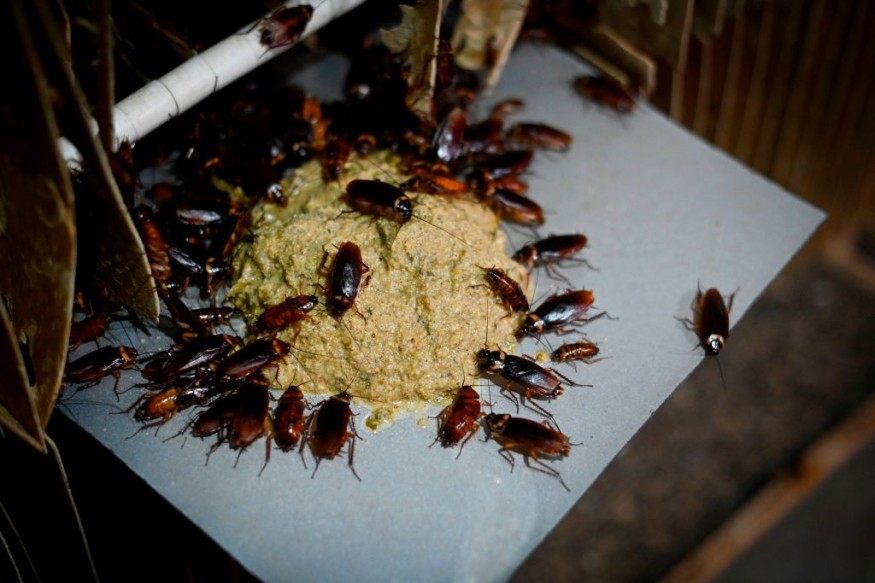Everyone wishes they could zap a cockroach and make it disappear. But the researchers made this pipe dream a reality by creating a robot that can fire laser beams up to 1.2 meters in the air to zap these pests.
This kind of technology could be a good substitute for more traditional anti-roach techniques. This is due to the fact that many pesticides include "forever chemicals" that represent a major threat to the public's health and leak into the environment.
Robots Can Now Cockroaches 1.2 Meters Away Through Lasers
According to the Hackaday article, researchers discovered an interesting experiment that utilized AI-controlled lasers to eliminate moving cockroaches. Ildar Rakhmatulin from Edinburgh's Heriot-Watt University completed the project.
The entire project, which involved Jetson Nano as the brain of the pest controller, was also published on Oriental Insects. Both OpenCV and Yolo object detection was employed to find the cockroaches.
Researchers installed galvanometers on the robot to direct the laser beam. The experiment used three separate lasers to assess wavelengths, spot sizes, power levels, and ranges.
The 1.6W laser allegedly performed better and more quickly than anticipated. Researchers also posted the project to GitHub, which is available for anyone who wants to test it out, in case any other hacker types are interested.
As a result, scientists have discovered a new method for eliminating cockroaches. The technique included designing a robot to fire lasers at a distance of 1.2 meters to zap the cockroaches.

ALSO READ : AI-Powered Cockroach Eliminator Could Make Pest Control More Efficient, Humane in the Future
Early Video, Photos Showing How the Project Fared
A video of the project demonstrating the use of a laser for cockroach identification and control was published on YouTube.
It is plausible to assume that over time, the laser has learned more about cockroaches through machine learning since researchers recorded the video on May 20, 2021, with only 1,000 photos used for training.
Additionally, there were picture sets (found here) for machine learning that the computer could use to recognize cockroaches better. Ildar made clear in the report that the project is risky and should only be carried out carefully by experts.
Cockroaches are intriguing in that, due to their speed, they are really difficult to catch. In reality, the Hackaday report states that these insects can move at 4.8 kilometers per hour or almost 3 miles per hour.
Despite their seeming sluggish speeds, cockroaches may readily change their course due to their small flight lengths, making it challenging for certain persons with slow reactions to catch them.
RELATED ARTICLE : Cyborg Cockroach: Inventor Promises To Use New Technology in Search Operation During Natural Disasters
Check out more news and information on Artificial Intelligence in Science Times.










